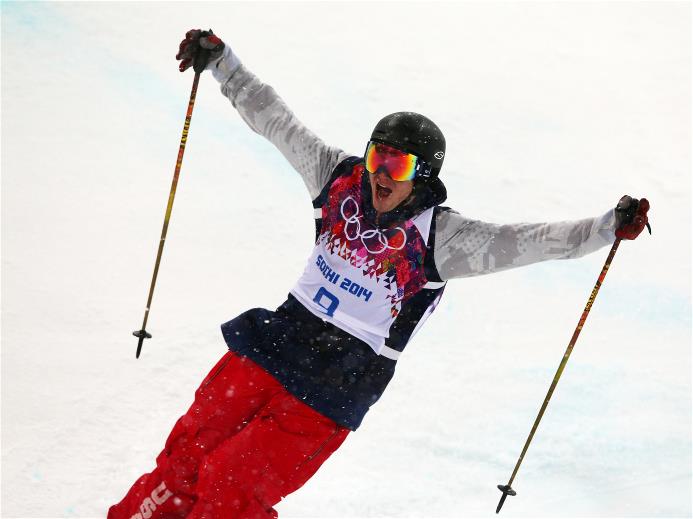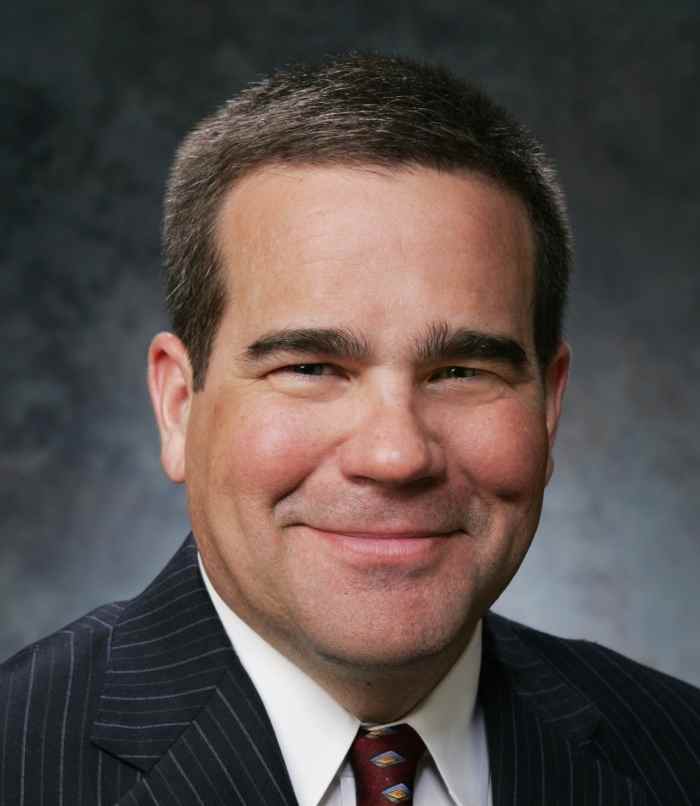I love everything about the Olympics, in particular what it showcases – sportsmanship, patriotism, and uncompromising dedication.
I can’t help being inspired by the countless examples of focus, endurance and strength. To me, the Olympics stretch the boundaries of what is possible. There is real human emotion, with the margin of victory often measured in hundredths of a second. Many of the athletes prepare for the better part of their lifetime for events that last just minutes, or less.
In stark contrast to the preparation of these Olympians, most workers dedicate little if any time to planning for retirement – an event that could last 20, 30 even 40 years. According to the Employee Benefits Research Institute, less than 2 percent of U.S. workers identify retirement planning as their most pressing financial issue, and 43 percent of workers reported that neither they nor their spouse are currently saving for retirement.[1]
I’m not saying that building a secure retirement is easy. It too requires discipline. Some of that discipline must come from within, as individuals shift some of their passion for spending to a passion for saving. Fortunately, some of that discipline can be automated, through participation in an employer-sponsored retirement plan such as a 401(k) account, with savings made automatically though payroll deduction.
In many ways, the keys to a secure retirement parallel the keys to success for Olympic athletes. Like athletes, savers must set goals, develop a game plan, make a long-term commitment and take action.
One of the winter Olympic sports I find most fascinating is the ski jump, because of the courage, control and composure it must take to ski down a hill at speeds in excess of 50 miles per hour, not to mention the part about flying through the air the length of a football field, then landing.
2014 marks the first time women will compete in this event. Just before year end, Jessica Jerome, age 26, became the first to win the U.S. Olympic Trials in women’s ski jumping. She didn’t decide at age 25 she wanted to be an Olympic ski jumper, this is something she’s been doing since she was 7 years old. And I guarantee her first jump was not off a 70 meter hill.
Her Olympic berth is nearly 20 years in the making. Secure retirements can take twice that long, but don’t demand anything near the intensity of effort. In building a retirement nest egg, starting early is key, but slow and steady wins the race. Saving just $5 per day, 365 days a year, for 40 years, translates into more than $500,000 in savings; at $10 per day you enter retirement a millionaire[2].
Perhaps what I love the best about the Olympics is that for most athletes, the journey started as a far-off and seemingly unattainable dream. There’s an opportunity for workers around the world to take inspiration from this, spending just a little more time defining what their medal-winning retirement would look like, and putting a plan into action to turn those dreams into reality.
[1] 2013 Retirement Confidence Survey, Employee Benefits Research Institute, March 2013.
[2] Assumes 8 percent annual growth. This compares to historical annual returns for the S&P 500 of 11.3 percent from 1964 to 2013, and 9.1 percent from 2004 to 2013, source: http://pages.stern.nyu.edu/~adamodar/New_Home_Page/datafile/histretSP.html.
Dan Houston, President – Retirement, Insurance & Financial Services, the Principal Financial Group




 For Fórmate a Fondo
For Fórmate a Fondo
